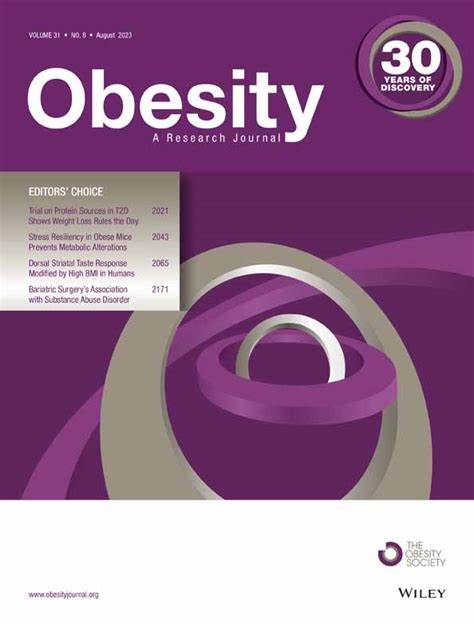Trimester-specific rate of gestational weight loss or gain and birth size: differences by prepregnancy BMI
Abstract
Objective
The objective of this study was to estimate the effects of trimester-specific gestational weight gain (GWG) on small and large (compared with appropriate) for gestational age (i.e., SGA, LGA, and AGA) by prepregnancy BMI classifications.
Methods
We conducted a cohort study of pregnancies in a national network of community health care organizations, stratifying by prepregnancy BMI (n = 20,676 with normal weight; 19,156 with overweight; 11,647 with obesity class I; 5124 with obesity class II; and 3197 with obesity class III). SGA and LGA (vs. AGA) were modeled as a function of trimester 1, 2, or 3 GWG rate, previous trimester(s) GWG rate, and maternal characteristics using modified Poisson regression.
Results
GWG rates ranged from weight loss to substantial gains. GWG-LGA associations were strongest in trimester 1 (risk ratio [RR] range for 10th vs. 50th percentile GWG, across BMI categories: 0.60–0.73). GWG-SGA associations were strongest in lower BMI categories and in trimester 2; RRs were 1.62, 1.40, and 1.17 for prepregnancy normal weight, obesity class I, and obesity class III, respectively, with curvilinear associations for class II and III.
Conclusions
Among people with prepregnancy obesity class II or III, GWG rate is associated with higher LGA risk in a dose-dependent manner, including understudied ranges of weight loss, but with weak associations with SGA.

 求助内容:
求助内容: 应助结果提醒方式:
应助结果提醒方式:


